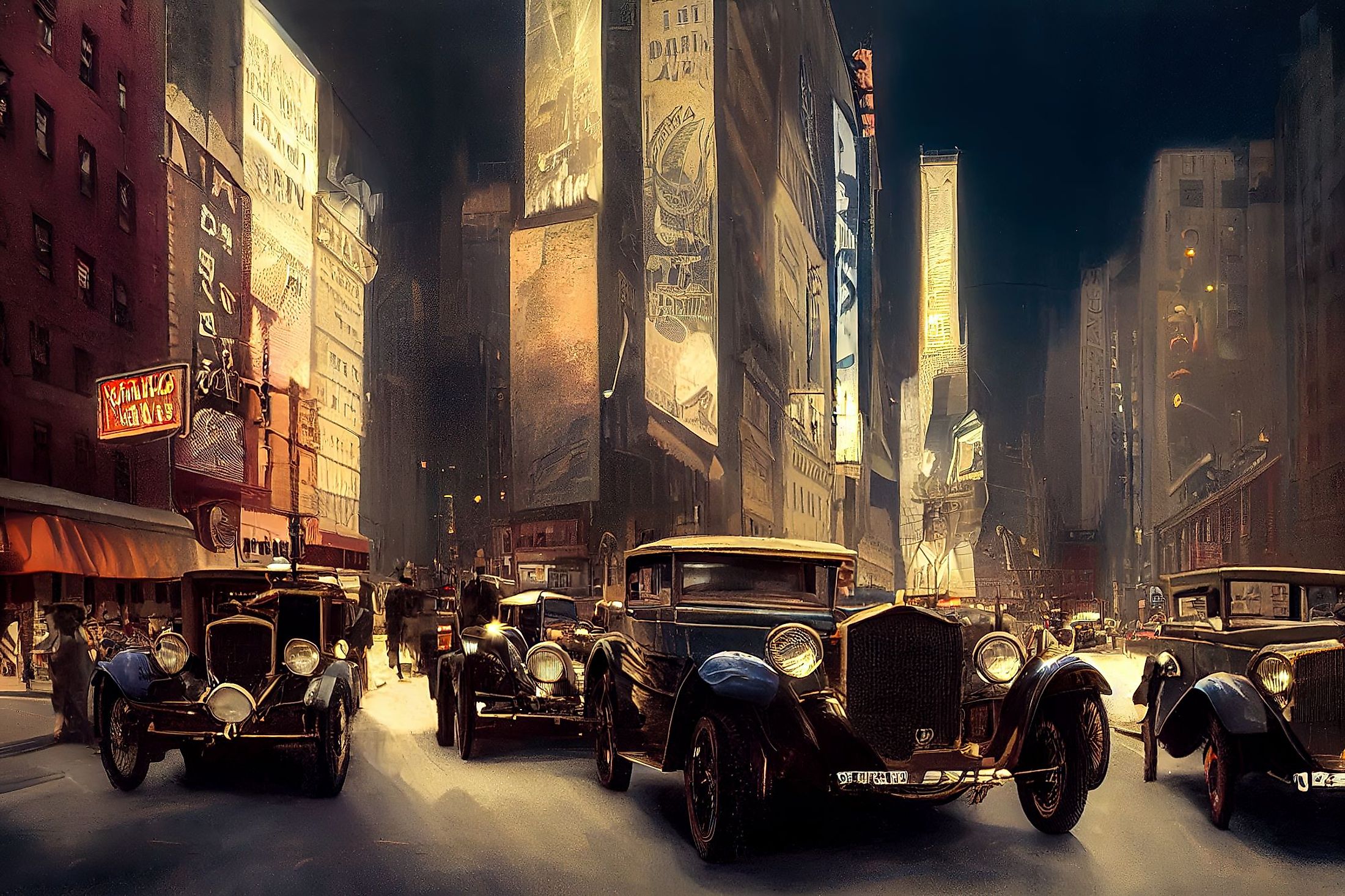
What Were the Roaring Twenties?
While the Roaring Twenties is often remembered as a time of great prosperity and social change, it was also a decade of profound contradictions. On one hand, the United States was enjoying unprecedented economic growth and cultural dynamism. In contrast, on the other hand, this period was marked by deep divisions between rich and poor, urban and rural dwellers, and native-born Americans and immigrants. In many ways, the Roaring Twenties set the stage for the more tumultuous years that would follow.
World War I And The Spanish Flu
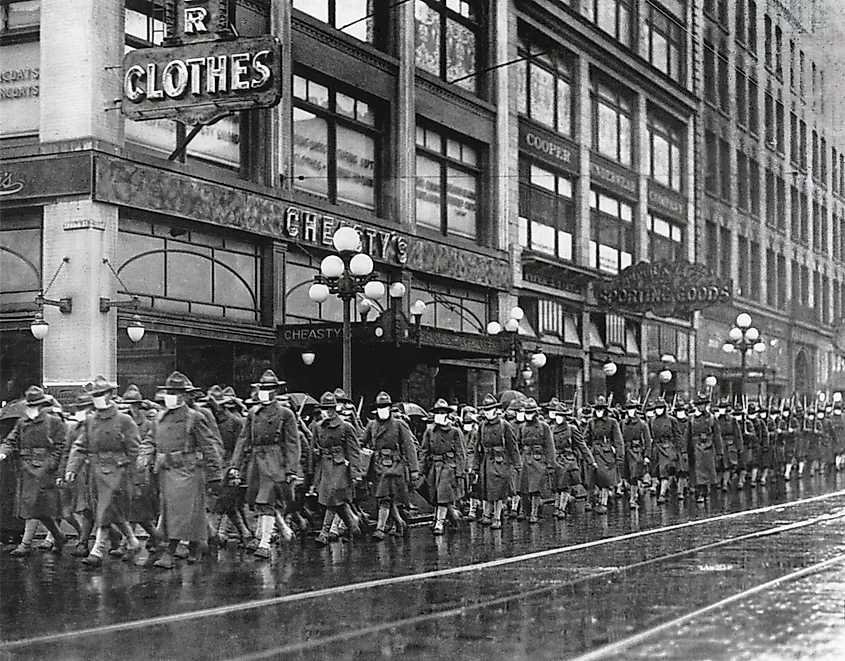
World War I presented a unique opportunity for the society to rapidly transition, not just in terms of military tactics and weapon technologies but also in terms of economic and health practices. One such example was the Spanish Flu's emergence, which profoundly impacted the world population. With much of the population already weakened by malnutrition and limited medical care, layering a global pandemic on top effectively sealed their fate. This viral Flu impacted almost 500 million people worldwide who had no idea how to combat it. As a result, this deadly disease changed the course of many countries and their economies for years afterward.
Flappers
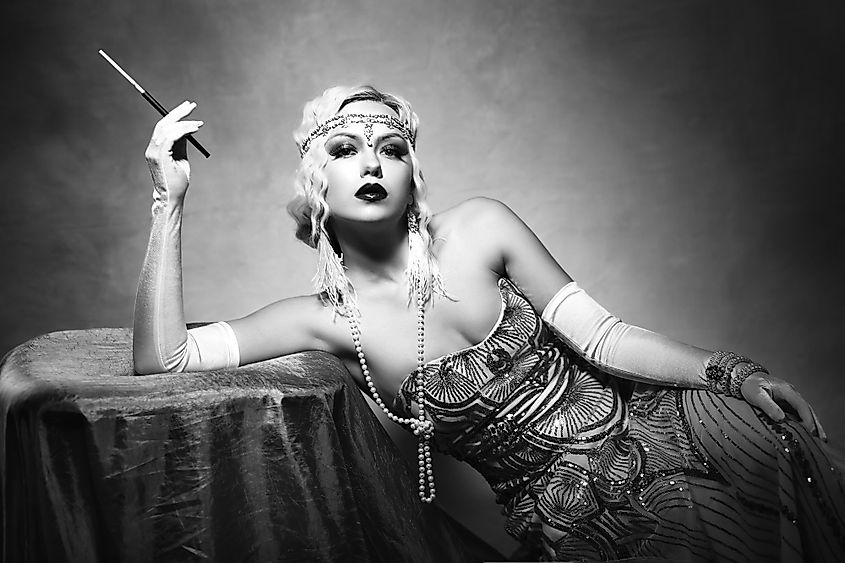
The flapper women of the 1920s represent the newly found freedom women experienced during that time period. The name comes from a bird-like move from a dance of the time that was associated with these women. Flappers defined independence by expressing their desire to be untethered to societal expectations and standards of conduct through their behavior, including dress, attitude, and activities. Women felt liberated by the newfound sense of freedom – however, this emancipation was met with great backlash due to its seeming immorality. Stigmas about sexuality had never been successfully challenged in the United States before, and the casual relationships of flapper women were an early sign that times were changing. Flappers have remained an iconic symbol of women’s rebellion against traditional gender roles and long-held moral values.
The Prohibition
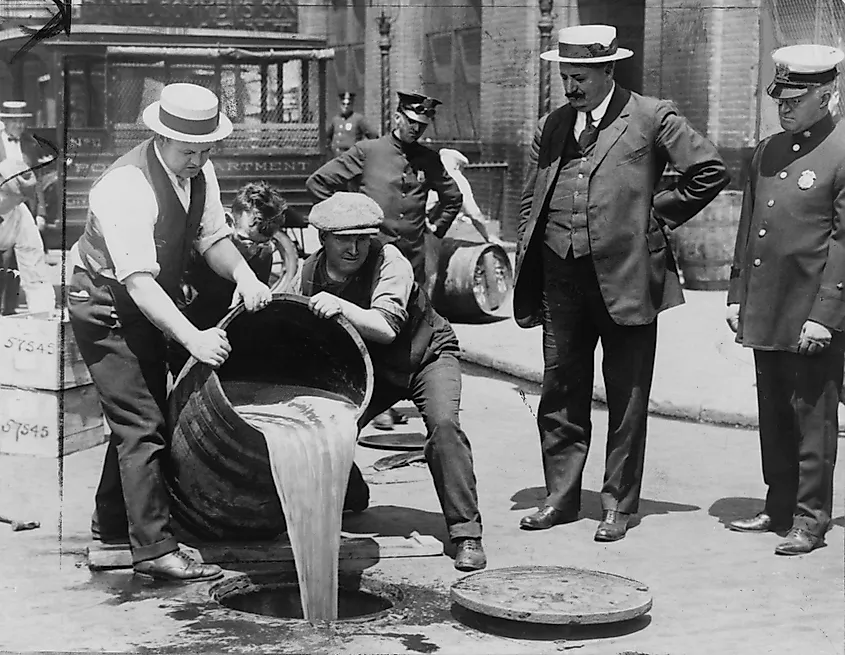
The Prohibition Era was a period of American history between 1920 and 1933 when alcohol was illegal in the United States. This decision to outlaw alcohol was made by the government for a variety of reasons, including an attempt to reduce crime, poverty, and other social issues such as poor health outcomes. This had major implications for American society and is still looked upon as one of the most controversial periods in the country's history. During this time, alcohol consumption decreased drastically due to its criminalization, yet many people continued drinking under the radar, often referring to alcohol as "medicine." The Prohibition eventually ended in 1933 after many deemed it unsuccessful in achieving its desired goals, making alcohol legal again nationwide.
The Age Of Jazz
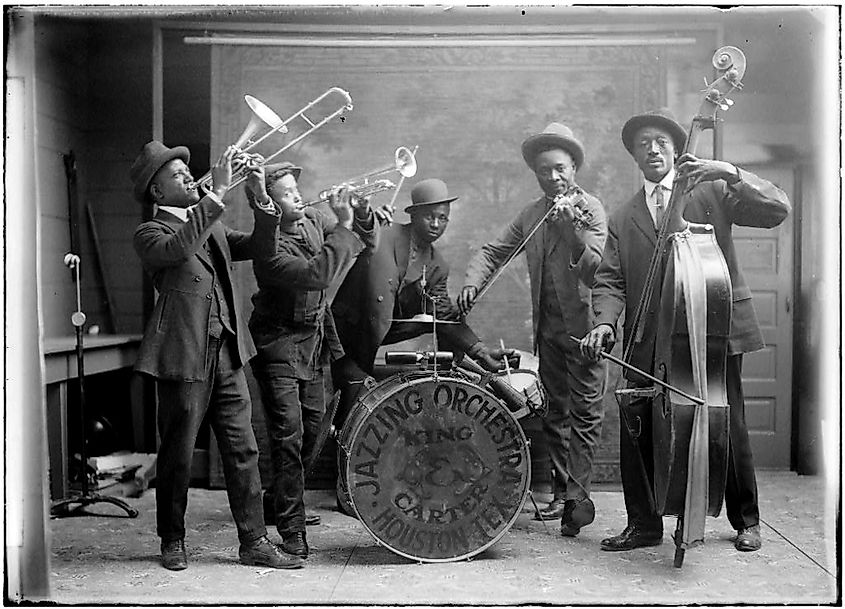
Entering the 1920s, the New Orleans jazz scene was bursting with creative energy. At the forefront were artists such as Louis Armstrong, Jelly Roll Morton, and Duke Ellington—all of whom set the stage for a new and exciting musical era. During this period of musical innovation known as “The Jazz Age,” improvisation and collective collaboration among musicians revolutionized traditional compositions. With jazz breaking away from existing structures and norms, its influence still continues to spark enthusiasm across cultures around the world through more modern genres such as swing music, bebop, funk, and salsa.
Technological Advancements In The 1920s
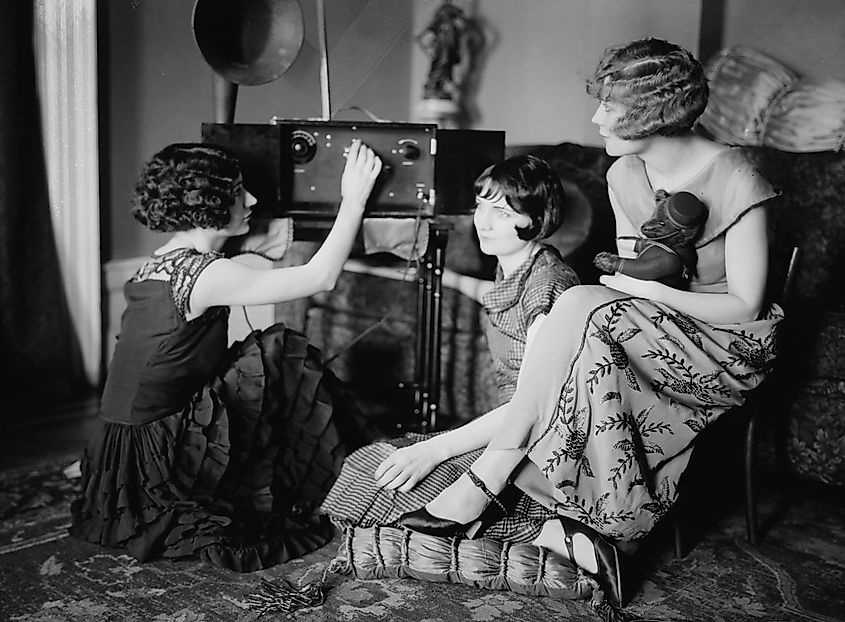
The 1920s was a decade of tremendous technological advancement, with radio becoming widely accessible and used for mass entertainment and instruction. Television receivers would be available later in the decade, although reception was still limited to line-of-sight transmissions. Silent movies were the norm and provided entertainment to people across the country, while radios gained popularity. The automobile industry experienced huge growth too; mass production techniques allowed cars to become much more affordable than before, leading to a period of prosperity not just in America but around the world. By the end of the decade, nearly everyone had access to radio waves and motor vehicles.
The Wall Street Crash Of 1929 And The Great Depression
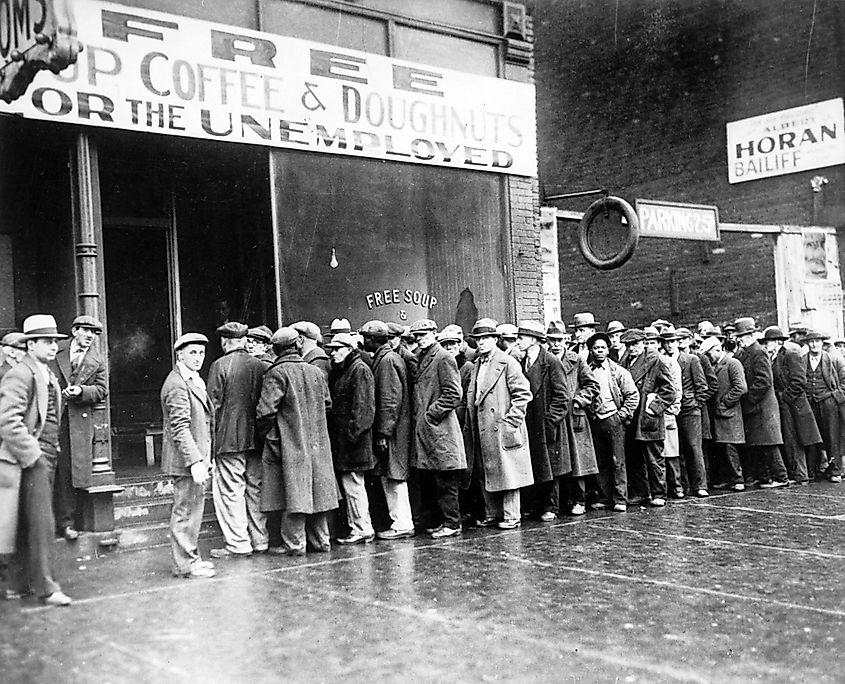
The Wall Street Crash of 1929 and the Great Depression that followed had a devastating impact on the lives of millions of people around the world. On October 24, 1929, stock prices on the New York Stock Exchange suddenly plummeted as investors sold off their stocks in a panic. The crash marked the beginning of an economic depression that lasted until 1939 and saw unemployment reach 25%, businesses close down and wages fall drastically. The causes of this downturn were complex, but are generally attributed to over-speculation in stocks due to easy credit availability combined with weak regulation by government authorities.
This caused vast amounts of money to be invested into companies that didn't have any real value or potential for growth, leading to a bubble that eventually burst when stock prices could no longer sustain themselves at such high levels. The effects were felt across all sectors - from industrial production being cut in half to banks failing due to lack of funds in circulation - resulting in widespread poverty and hardship for many families who lost everything they had worked hard for throughout their whole lives. It is estimated that around 20 percent of working Americans became unemployed during this period as economic activity declined dramatically worldwide.
The 1920s was a decade of great change and technological advancements. Around the world, people were experiencing new freedoms and enjoying an unprecedented level of prosperity. In America, the years following World War I saw a massive shift in social norms as women gained more independence and traditional ideas about morality began to be challenged. Meanwhile, advances in technology brought exciting new products and services into homes and workplaces across the country. As far as what our current 2020s will be called in the future, only time will tell.











